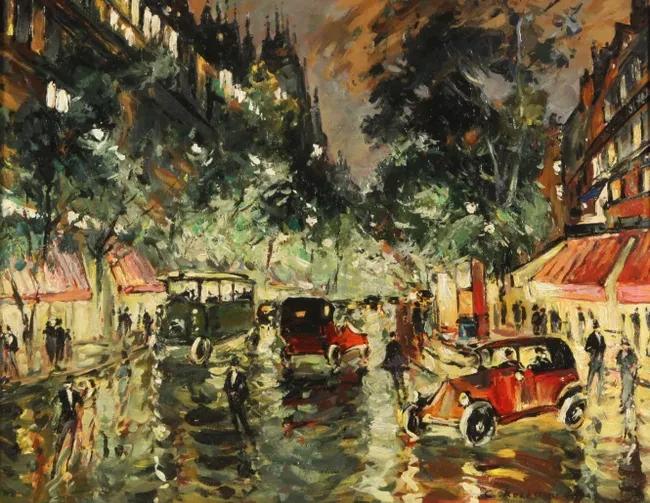Lighting
The lighting of the painting is shown in terms of direction, how it creates shadows, its colour, intensity, the mood it creates, and whether the light is from the sun (natural) or a fire (artificial.) Describe the shadows and highlights as well.
- Backlit, front-lit, side-lit, top-lit
- Indirect, reflected or no directional light
- Natural
- Artificial
- Cool, blue, grey
- Warm, yellow, red
- Dim, faint, gentle, gloomy, low, minimal, muted, soft
- Clear, brilliant, bright, glowing, fiery, harsh, intense, sharp
9
14 reads
CURATED FROM
IDEAS CURATED BY
The idea is part of this collection:
Learn more about artsandculture with this collection
The historical significance of urban centers
The impact of cultural and technological advances
The role of urban centers in shaping society
Related collections
Similar ideas to Lighting
Hard or harsh lighting
Hard or harsh lighting uses smaller light sources to cast large, crisp shadows on the subject while increasing the contrast. The effect is a dramatic, suspenseful atmosphere that evokes a sense of fear or wickedness.
Common sources of lightning:
- Low-ke...
Optimal Workspace Lighting
- The best kind of light you can have in your office is natural light. It helps our bodies maintain our internal "clocks" or circadian rhythms which affects our sleep and energy.
- Poor lighting, whether it's dim lighting or harsh lighting from overhe...
Read & Learn
20x Faster
without
deepstash
with
deepstash
with
deepstash
Personalized microlearning
—
100+ Learning Journeys
—
Access to 200,000+ ideas
—
Access to the mobile app
—
Unlimited idea saving
—
—
Unlimited history
—
—
Unlimited listening to ideas
—
—
Downloading & offline access
—
—
Supercharge your mind with one idea per day
Enter your email and spend 1 minute every day to learn something new.
I agree to receive email updates

